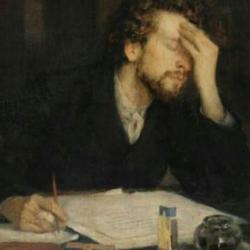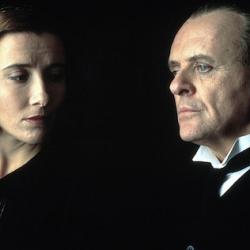Dostoevsky is sometimes accused of being an indifferent artist. As long as it sprawls, it must be good. Several essays in Richard Peace’s collection, Fyodor Dostoevsky’s Crime and Punishment: A Casebook (Casebooks in Criticism) , prove the opposite. I give only a few highlights.
Several point to the parallels between Raskolnikov’s visits to the pawnbroker who will be his victim and his later visits to Sonya, the young prostitute with whom he is in love. In both cases, he makes two visits, one to test the waters and the second to carry out his plan. The visits to Sonya, which culminate in his confession, begin to undo the murder. The two women also represent two sides of Raskolnikov.
The pawnbroker is also linked with Svidrigaylov. Raskolnikov has his first encounter with Svidrigaylov immediately after he wakes from a dream where he has unsuccessfully tried to carry out the murder. When he first sees Svidrigaylov, he’s not sure whether he has stopped dreaming or not: In a sense, he hasn’t, and Svidrigaylov represents, in a more ruthless form, the bid for superman status that Raskolnikov aimed for in the murder. Svidrigaylov takes over the place of the pawnbroker, serving as a second foil to Sonya: Raskolnikov must choose between these two paths. It’s no accident that when Raskolnikov confesses to Sonya, Svidrigaylov, who lives next door, has his ear pressed to the wall listening. Raskolnikov cannot confess to Sonya without simultaneously invoking his Svidrigaylov side. Raskolnikov is able finally to make the choice to follow the way of wisdom (Sophia/Sonya) after Svidrigaylov commits suicide with the gun that Raskolnikov’s sister had earlier used when Svidrigaylov attacked her.










